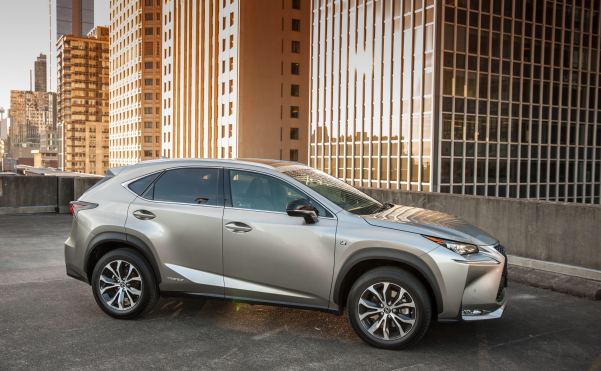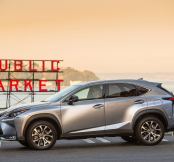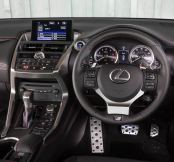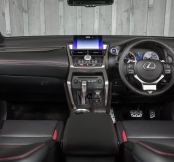Everything you ever wanted to know about the Lexus NX 300h all-wheel drive system
2014-10-27 13:06:56
Following the recent launch of the Lexus NX 300h, the Japanese company has furnished Europe’s media outlets with more information about how the all-wheel drive system works on their new crossover. Labelled E-Four, the system is a lightweight, intelligent four-wheel drive system that provides additional grip at precisely the time and very spot it is needed the most.
But let’s face it, intelligent all-wheel drive systems – defined as systems which supply torque to individual wheels which may be slipping on any number of surfaces - are not new. For years now, Swedish company Haldex has been pioneering the development of such systems and indeed, many of their products have adorned a significant number of contemporary cars, including such capable machinery such as the Skôda Yeti.
But in the system adopted by Lexus in its new NX 300h, the all-wheel drive is brought to a hybrid petrol-electric car via the addition of an extra electric motor. As a result, the front axle is driven by the petrol engine, the electric motor or a combination of both – as it is in the Toyota Prius, Toyota being the parent company of Lexus. However, the primary difference is that the additional electric motor is also capable of driving the rear axle and is therefore able to produce more grip if the front wheels start to slip. Pulling power – or torque, to use motoring journalist speak – is automatically supplied to the rear axle as demand dictates. In other words, the driver need do nothing to bring in the extra power since all the technical gubbins does the thinking and consequent acting.
The outstanding benefit of this innovative approach is that the NX 300h is actually lighter than most would imagine since conventional all-wheel-drive systems add considerable bulk. And guess what? Considerable bulk burns fuel. So with less bulk, the NX 300h is able to achieve a very respectable 54.3mpg on the combined cycle whilst emitting just 121g/km of CO2.
This is an abridged version of an article especially by prepared by First4Auto on behalf of EcoCars4Sale.
Reported By
Andrew Merritt-Morling
Chief Editor











